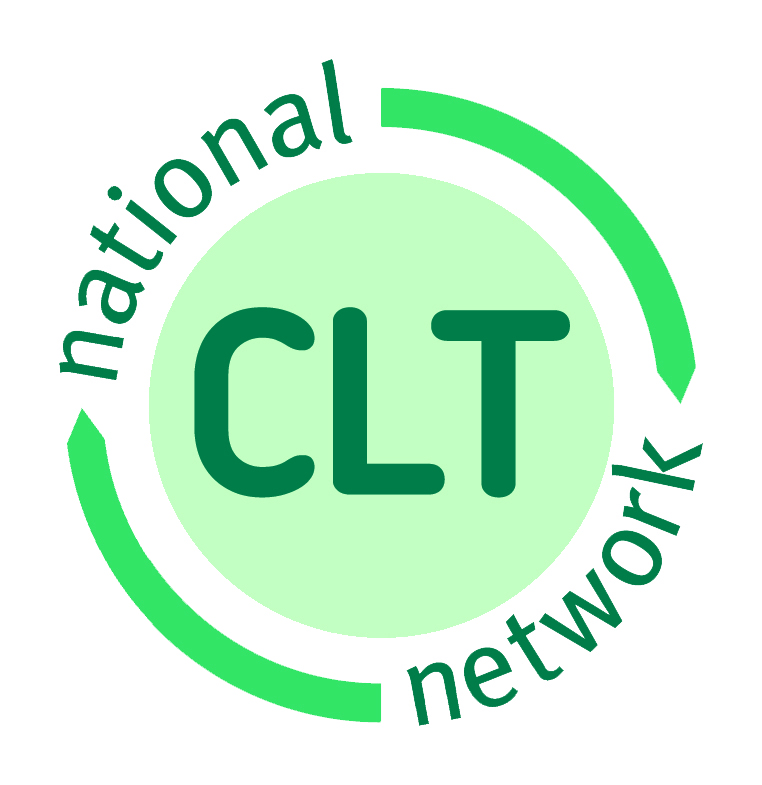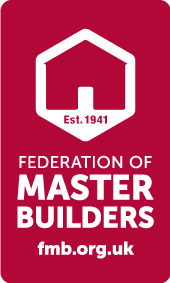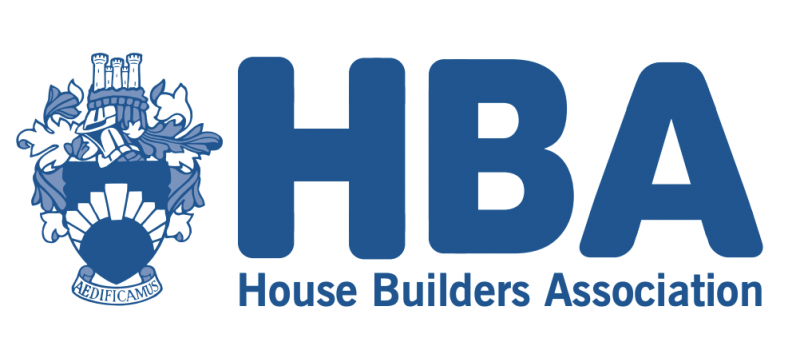Presenting a united front…

What is the Housing Diversification Group?
Housing Diversification is a group created to unite housing providers and builders that do not fall into the traditional division of volume housing or mainstream affordable housing providers. These alternative providers and sectors are a valuable third element in the provision of housing in the UK. Together they contribute to a significant amount of new housing (see Market sizes).
As a group, we believe that government’s housing ambitions cannot rely solely upon volume house builders or mainstream affordable housing providers. Rather it should involve a range of alternative housing solutions, including market led and affordable homes, a spectrum represented by custom, self build and community led housing.
Therefore, Housing Diversification is calling on Government to deliver on its commitment to support a much wider range of affordable and market-led routes to housing development and to boost the number of small-to-medium (SME) housebuilders and providers who deliver them.
Diversifying the housing market is a core pillar of the Government’s housing policy, but to ensure we ‘Build Back Better’ it must be a core part of a wider strategy for recovery from Covid-19.
Members of the group
Housing Diversification is made up of the Federation of Master Builders, the House Builders Association, the UK Cohousing Network, the National Community Land Trust Network and the National Custom and Self Build Association, working under a common banner. New members may be invited to join, depending on the direction the group decides is most likely to support it to achieve its ambitions.
National Custom and Self Build Association
The National Custom and Self Build Association (NaCSBA) is the voice for the Custom and Self Build industry across the UK. Its vision is to make Custom and Self Build a mainstream choice for all those seeking a home of their own.
UK Cohousing Network
Established in 2007, the UK Cohousing Network works to promote awareness of cohousing and support the development of new cohousing communities. As a membership organisation it mission is to enable communities to use the cohousing principles to create better places to live. Its primary focus is to find ways to make cohousing more accessible, and to help shape the policy and public funding environment to achieve this goal.
National CLT Network
The National CLT Network is the official charity supporting Community Land Trusts (CLTs) in England and Wales. It works on behalf of CLTs and, in turn, its members shape and govern its work. It provides funding, resources, training and advice for CLTs and works with Government and other stakeholders to establish the best conditions for CLTs to grow and flourish. Its aim is to mainstream the community ownership of affordable housing and land.
Federation of Master Builders
The Federation of Master Builders (FMB) is the largest trade association in the UK construction industry representing thousands of firms in England, Scotland, Wales and Northern Ireland. Established in 1941 to protect the interests of small and medium-sized (SME) construction firms, the FMB is independent and non-profit making, lobbying for members’ interests at both the national and local level.
House Builders Association
Representing small and medium sized housebuilders, the House Builders Association (HBA) is passionate about delivering opportunities for the most productive part of our construction industry; SMEs. It works on frameworks with local authorities, procurement processes with Government bodies and with regional housing strategy managers on SME engagement.
Why is Housing Diversification needed?
The number of SME housebuilders halved following the last recession, and we must avoid a repeat of this as we scale up housing delivery in 2021. Currently, the SME sector, comprising small housebuilders, community led housing and custom and self build, is delivering a minimum of 20,000 homes annually, but it has the potential to deliver significantly more housing – up to 130,000 extra homes by 2025*. These homes are sustainable, beautiful, innovative, of high quality, support local economies and provide training and employment.
Housing Diversification’s big three asks
The group is proposing that a new, high-level Housing Diversification Taskforce be created to support greater housing diversity. This is crucial, as currently, volume house builders and the housing association sector deliver the majority of England’s housing, and yet together they are not able to deliver on Government’s ambitions for 300,000 homes per year.
To ensure Government delivers on its pledges, Housing Diversification is calling for:
-
- The establishment of a high-level Housing Diversification Taskforce, with a range of items set out for consideration (see Appendix).
- Commitment to a five-year renewal of the Community Housing Fund as part of the Comprehensive Spending Review.
- The creation of a robust and statutory system of reporting on diversification as part of Government housing statistics, including on the NPPF requirement for 10% of homes to be delivered on small sites (one hectare or less).
Recommendations for a Housing Diversification Taskforce
Recommendations for consideration by the Housing Diversification Taskforce:
- Invest in local authority planning departments to help them make determinations quicker and address the bottleneck created by lockdown;
- Review the Right to Build legislation and how activity is reported.
- Deliver on Government’s commitment to extend Help to Buy (or introduce a new loan scheme) to custom and self build to address the current unfair competition.
- Create a strategy for Homes England that supports diversification, including ensuring it is embedded and actively encouraged through the upcoming DPP3 process.
- Require Homes England to adopt a policy whereby 10% of homes that are delivered as a result of their investment or land disposals are built on sites of no more than one hectare.
- Explore the scope for local authorities to routinely set up developer forums that bring together a range of views (planning officers; SME house builders; community representatives) to assess housing demand and strategies to meet this.
Action and results
Housing Diversification has shared its concerns and asks with Housing Secretary Robert Jenrick, Clive Betts MP, Richard Bacon MP and a list of other MPs with interests in housing, local economy, self build, community action and diversification. It shared the news of the group and its asks with the national media, and will continue to pursue its goals and share its aspirations with influencers and leaders.
The group is thrilled that on Right to Build Day, government announced a review of Right to Build legislation, one of its recommendations. It will continue to lobby for the Taskforce and the wider goals. In a recent speech, Robert Jenrick also stressed that diversity in housing was a “core objective” for government.
How can you get involved
If you or your organisation would like to add your voice to our campaign group, email Duncan at NaCSBA for more information:
Equally, if you are tweeting on the topic, please share using: #DiversifyHousing
Market sizes
Size of the respective markets*:
- The Federation of Master Builders represents 7,500 SME firms across the UK, half of which build new homes. FMB members expect to build more than 12,000 new homes in 2021.
- NaCSBA reports that Custom and Self Build delivers 14,000 homes annually – with full support this could be 73,500 by 2025.
- There are 10,780 community led homes in ‘live applications’ on Homes England system awaiting delivery, part of a wider pipeline of 23,000 homes. Many of the live projects are reliant on the Community Housing Fund 5-year renewal.
- The figure of 130,000 extra homes by 2025 is made up of an extra 73,500 custom and self build homes and 37,500 homes that could be delivered by SMEs, were the sector to return to delivering 25% of all new homes as it did in the 1980s. Finally, the 23,000 community led homes figure is added to this total to reach 134,000 homes, rounded down to 130,000.
*A note on counting: Roughly 50% of SME housebuilder output is custom or self build, so the 20,000 figure represents 14,000 custom and self-build homes and half the annual FMB delivery figure of 12,000 homes to prevent double counting. Community led homes are, therefore, in addition to this figure.





